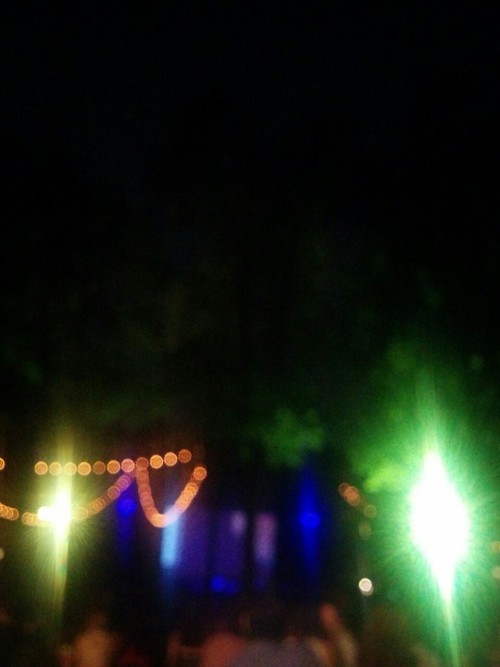Many photographers collect photography books. I am one.
I began collecting photography books soon after graduating from college. My purchases were few, though, and my curatorial eye was undefined. That creating a collection of books could be a serious sort of avocation had not yet occurred to me. When I was managing the studio of another photographer, an omnivorous collector of photography books, I began to find some direction in my collecting.
While I tended towards small presses (a sort of tautology with photography books), highly personal visions, photography drawn from the real world, and physically smaller books (storage is always at a premium in the City, even in Brooklyn), my collection was still all over the place.
My collecting grew very much in tandem with the boom in photography book production and collection in the first decade of the 21st century. While photography books have been made since the early days of photography, there has been a veritable surge of photography books since 2000. There are almost too many to keep track of.
That is the problem that my collecting began to run into: there are too many good books out there (and far more dross that one must wade through to get to the good stuff). I could afford neither the monetary nor time cost of trying to collect everything. Even if I only bought the books I saw in person and that fit my taste, I could still not afford to buy everything.
As a solution, I decided to place a limit on my collection. My wife is Korean, and we travel to visit her mother roughly every year. On my first visit I bought a stack of Korean photography books. On my second visit, I bought an entire suitcase full. And that is now the primary focus of my collection: Korean photography books. I do not place a strict definition on this, but my basic tenets are that the book has to have been made by a Korean individual or collective, it must be an object in and of itself (so generally no exhibit catalogs), preferably it will have been published in Korea by a small press Korean publisher and photography is at its core. Sometimes I will bend a rule. Sometimes I kick myself for not bending a rule…
This blog is a series of short reviews of the books in my collection. It is not definitive; even with this tighter focus, I couldn’t possibly purchase, see or review every Korean photography book published. I haven’t the time or fiscal resources to do so. With at best only an annual trip to Korea, I will miss many books that are published and go out of print quickly. While I am a working and exhibiting photographer with a degree in the field, I am not a critic.
My hope is that this blog offers a small insight for a Western audience into the ways in which Korean photographers are using the book form in conjunction with photography to tell stories, share ideas, describe the world and stake out our place in it.
